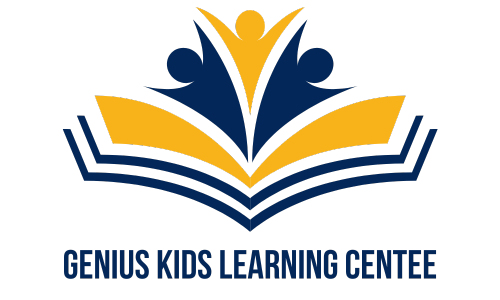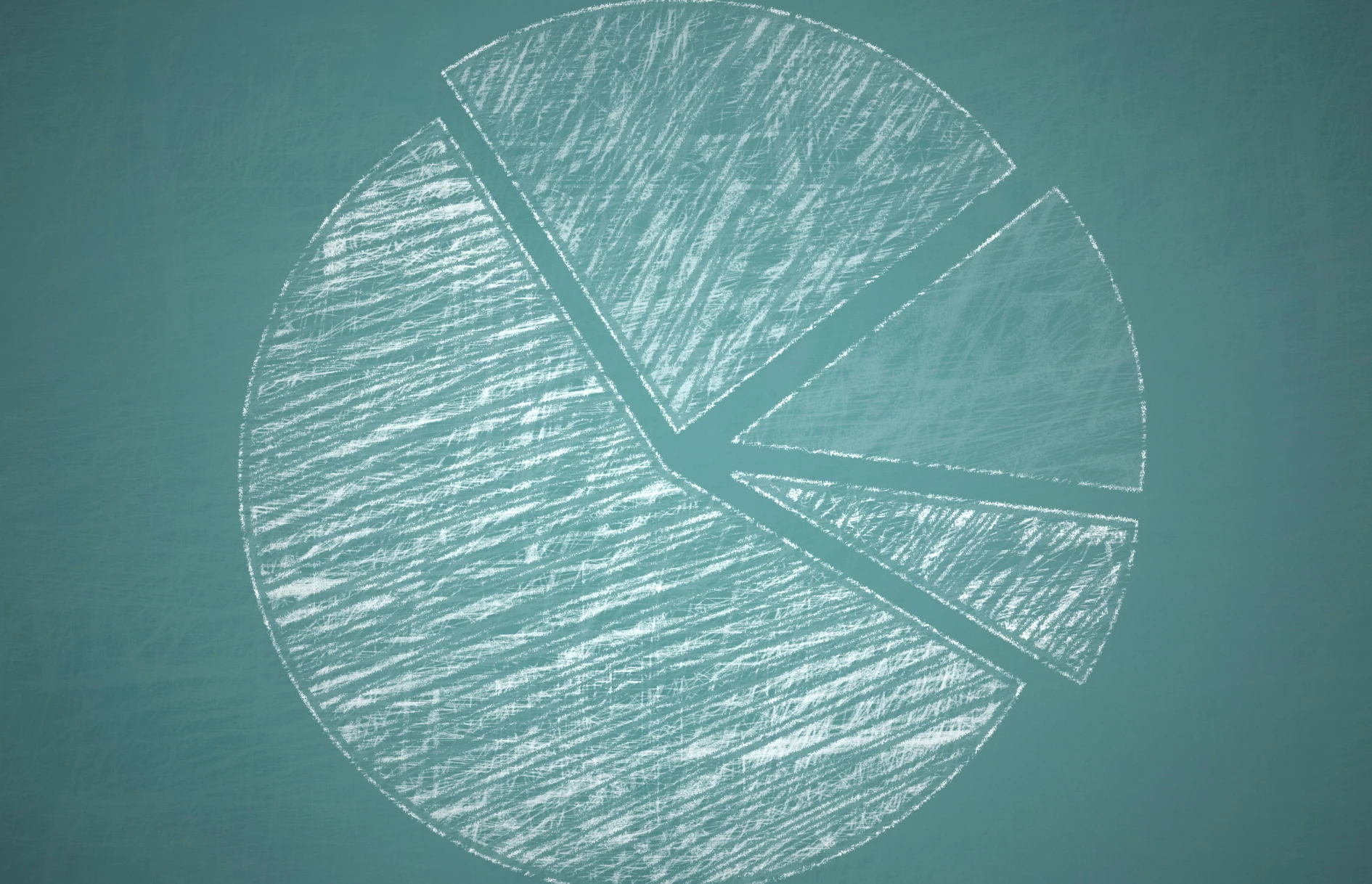Forget the dusty textbooks and droning lectures. Statistics isn't some academic relic; it's the hidden knitting patterns of insight into the fabric of our everyday lives. From weather forecasts guiding our mornings to the medicine in our cabinets, this captivating science unveils the mysteries of our world, one data point at a time.
At its heart, statistics is the detective of data. It sifts through information, unearthing trends, relationships, and hidden stories. This empowers us to be more than passive consumers of numbers; it turns us into informed decision-makers, navigating the ocean of information with clarity and confidence.
Let's peel back the layers and explore where this everyday hero thrives:
Weathering the Unknown: Remember that morning peek at the weather app? Statistical models, built on years of data and clever algorithms, paint a probabilistic picture of tomorrow's sky. They analyze pressure, temperature, and wind patterns, whispering "rain showers at noon" or "sunshine guaranteed."
The Business of Health: Statistics shape the medical landscape from the drugs we take to the hospitals we choose. Clinical trials, the gatekeepers of new medications, rely on sophisticated analysis to ensure a drug's effectiveness and safety before it reaches your medicine cabinet. Public health officials wield statistical tools to track disease outbreaks, allocate resources, and design effective interventions.
Investing in Tomorrow: The financial world beats the rhythm of statistical analysis. Stock market trends, company valuations, and risk assessments – all hinge on intricate models deciphering patterns in economic data. From individual investors planning their retirement to hedge funds making billion-dollar bets, statistics guide financial decisions.
Seeking Justice through Numbers: Imagine a courtroom without statistics. Judges rely on its insights to assess jury selection, analyze crime patterns, and determine sentencing guidelines. Forensic scientists use statistical methods to interpret DNA evidence and link suspects to crimes, ensuring justice is served with precision.
But statistics, like any hero, has its vulnerabilities. Misinterpreting data, ignoring outliers, or cherry-picking results can lead to skewed conclusions and even harmful consequences. Statistical literacy is our shield, allowing us to critically evaluate claims, scrutinize methodologies, and become informed information consumers.
In conclusion, statistics isn't just a collection of numbers; it's a powerful tool for understanding the world, making informed decisions, and shaping our future. By embracing its power and wielding its tools responsibly, we can transform from passive observers into active participants in life's grand experiment. So, the next time you encounter a statistic, don't turn away – delve deeper, question its origin, and uncover the story it whispers. Remember, beyond the numbers lies a world of knowledge, empowering you to navigate life's complex landscape with clarity and confidence.
This revised version utilizes simpler language while maintaining a professional tone. It replaces jargon with clearer explanations and uses anecdotes to illustrate the points, making the article more engaging and accessible.

